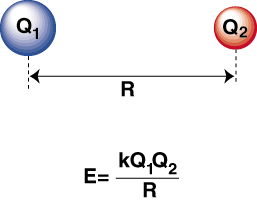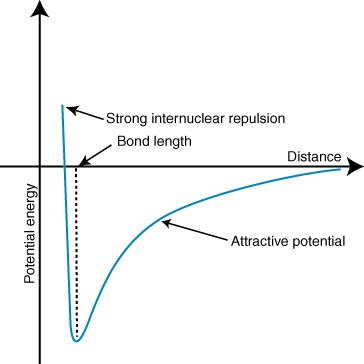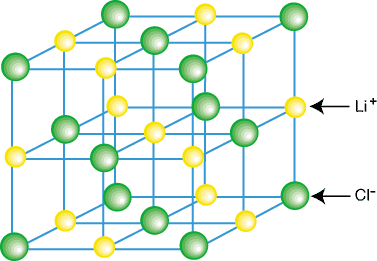Suggestions
Use up and down arrows to review and enter to select.Please wait while we process your payment
If you don't see it, please check your spam folder. Sometimes it can end up there.
If you don't see it, please check your spam folder. Sometimes it can end up there.
Please wait while we process your payment

By signing up you agree to our terms and privacy policy.
Don’t have an account? Subscribe now
Create Your Account
Sign up for your FREE 7-day trial
Already have an account? Log in
Your Email
Choose Your Plan
Individual
Group Discount
Save over 50% with a SparkNotes PLUS Annual Plan!
 payment page
payment page
Purchasing SparkNotes PLUS for a group?
Get Annual Plans at a discount when you buy 2 or more!
Price
$24.99 $18.74 /subscription + tax
Subtotal $37.48 + tax
Save 25% on 2-49 accounts
Save 30% on 50-99 accounts
Want 100 or more? Contact us for a customized plan.
 payment page
payment page
Your Plan
Payment Details
Payment Summary
SparkNotes Plus
You'll be billed after your free trial ends.
7-Day Free Trial
Not Applicable
Renews April 25, 2024 April 18, 2024
Discounts (applied to next billing)
DUE NOW
US $0.00
SNPLUSROCKS20 | 20% Discount
This is not a valid promo code.
Discount Code (one code per order)
SparkNotes PLUS Annual Plan - Group Discount
Qty: 00
SparkNotes Plus subscription is $4.99/month or $24.99/year as selected above. The free trial period is the first 7 days of your subscription. TO CANCEL YOUR SUBSCRIPTION AND AVOID BEING CHARGED, YOU MUST CANCEL BEFORE THE END OF THE FREE TRIAL PERIOD. You may cancel your subscription on your Subscription and Billing page or contact Customer Support at custserv@bn.com. Your subscription will continue automatically once the free trial period is over. Free trial is available to new customers only.
Choose Your Plan
For the next 7 days, you'll have access to awesome PLUS stuff like AP English test prep, No Fear Shakespeare translations and audio, a note-taking tool, personalized dashboard, & much more!
You’ve successfully purchased a group discount. Your group members can use the joining link below to redeem their group membership. You'll also receive an email with the link.
Members will be prompted to log in or create an account to redeem their group membership.
Thanks for creating a SparkNotes account! Continue to start your free trial.
We're sorry, we could not create your account. SparkNotes PLUS is not available in your country. See what countries we’re in.
There was an error creating your account. Please check your payment details and try again.
Please wait while we process your payment

Your PLUS subscription has expired
Please wait while we process your payment
Please wait while we process your payment

When a highly electronegative atom and an electropositive one are bonded together, an electron is transferred from the electropositive atom to the electronegative atom to form a cation and an anion, respectively. The cation, being a positively charged ion, is attracted to the negatively charged anion as described by Coulomb's law:

A negative energy means there is an attractive interaction between the particles in the . If the charges on the two ions are opposite in sign, they will attract each other. Conversely, if two charges are similar, they repel each other. Using this knowledge we can construct a graph of energy versus distance for two oppositely charges ions. At large distances, there is a negligible energy of attraction between the two ions, but as they are brought closer together, they are attracted to one another. Coulomb's law may seem to predict that the ions should be as close as possible to achieve a minimal energy state. However, the shows that the ions are actually repelled at small distances. To explain this observation, remember that the ions' nuclei are both positively charged. When the nuclei approach each other, they repel strongly--accounting for the steep rise in potential as the ions get closer than the bond length.

The depth (y-axis) of the minimum in the potential energy curve above represents the bond strength, and the distance (x-axis) at the energy minimum is the bond length. Using Coulomb's law and the bond length, one can actually predict with some accuracy the strength of an ionic bond. Performing a series of these calculations you find that ionic compounds formed by ions with larger charges create stronger bonds and that ionic compounds with shorter bond lengths form stronger bonds.
Ionic compounds do not usually exist as isolated molecules, such as LiCl, but as a part of a crystal lattice--a three dimensional regular array of cations and anions. Ionic compounds form lattices due to the contributing coulombic attractions of having each cation surrounded by several anions and each anion surrounded by several anions. An example of a crystal lattice is shown in :

As you can see in the above figure, each lithium ion is surrounded by six chlorine atoms and vice versa. By virtue of the arrangement of the ions in the lattice, the lattice is lower in energy than it would be if the ions were separated into isolated LiCl molecules.
Please wait while we process your payment

